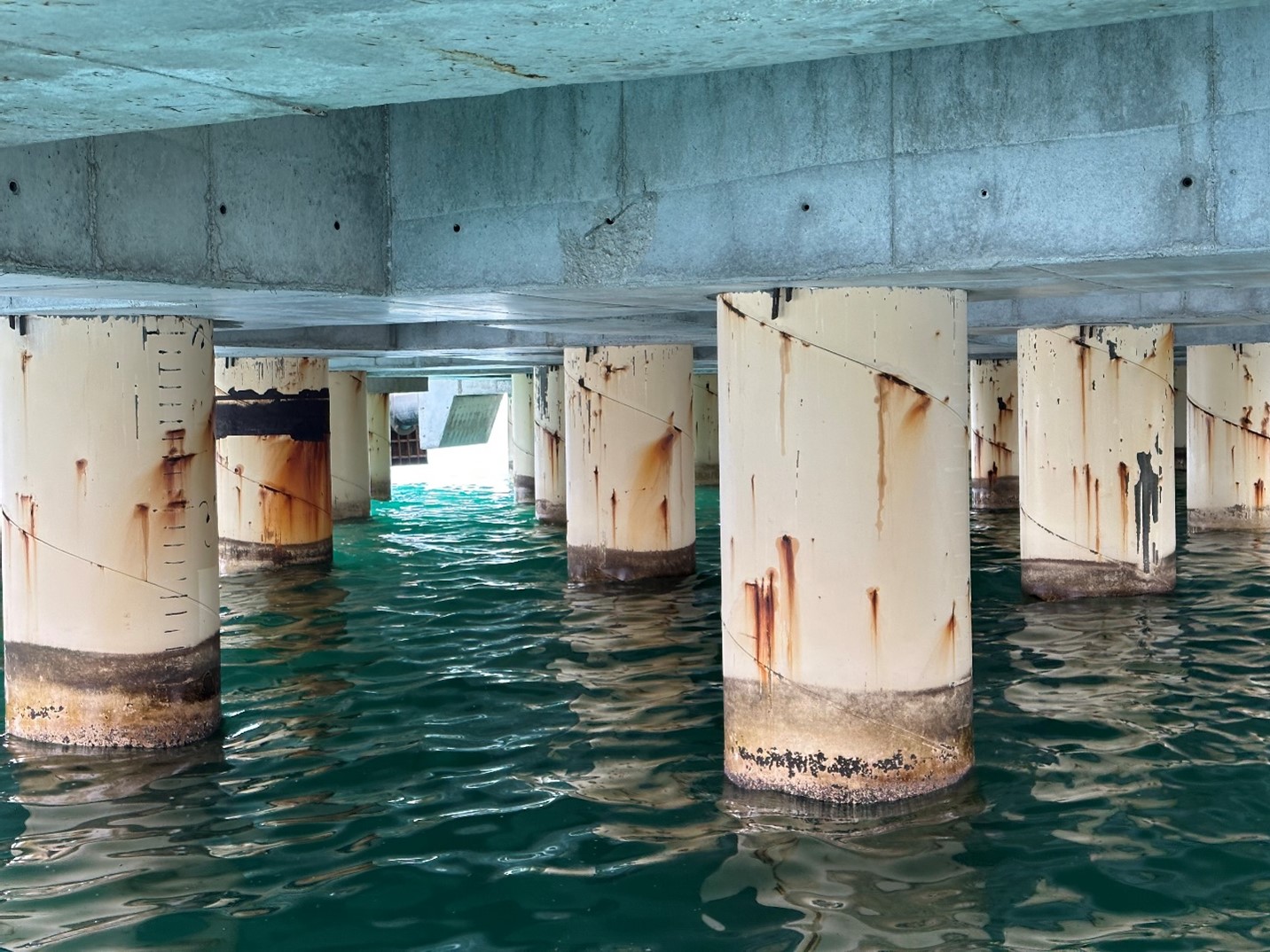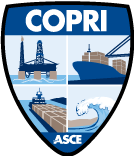This week, an ASCE Coasts, Oceans, Ports and Rivers Institute field investigation team is in Turkey to study the effects of the Feb. 6 7.8-magnitude earthquake and aftershocks.
The team features eight engineers, including members of COPRI, the Structural Engineering Institute, and the Geo-Institute. Team lead Omar A. Jaradat, Ph.D., P.E., D.PE, M.ASCE, is joined by Carlos Ospina, Ph.D., P.E., P.Eng, M.ASCE; Turel Gur, Ph.D., P.E., M.ASCE; Marc Percher, P.E., M.ASCE; Amin Rahmani, Ph.D., P.E., M.ASCE; Julie Galbraith, P.E., M.ASCE; Theresa Richards, P.E., S.M.ASCE and Dolunay Oniz, E.I.T., A.M.ASCE.
This is their second update from the field:
During day two of the reconnaissance, we visited several private port facilities to see how their operations were impacted by the earthquake and aftershocks. These facilities handle the movement of heavy materials and are very resilient in nature. This brought up some discussion amongst the team about whether the marine structures at this facility are "over designed". Could the design of these structures be somehow optimized to reduce project costs? And would the optimized cost-effective design perform as good or even better?
American ports tend to accept risk based on allowing extensive damage for very large seismic events as it is more economical to allow for this damage based on the events rarity. Using a performance objective like this allows for the owners to accept risk at the advantage of having lower initial capital costs but with additional downtime for the facility following a major event. We visited another private port facility that seemed not to be as heavily designed as the other facilities. It had much longer downtime (several weeks) and even now, almost three months after the earthquake, it is operating at only 20% of full capacity.
 [Amin Rahmani]
[Amin Rahmani] The structures of the facilities that had resilient performance remained near elastic during the earthquake in the region and we believe this earthquake may not have been at their full design capacity based on the response that we saw. We will need to do additional research and discussion with the local engineering community to determine if the heaviness of the design was intended to protect for a larger event or if the owners wanted to reduce their risk of loss of use.
We also noted that all the RTG cranes used in this region are diesel powered and none of them was electric powered. Using diesel to operate the cranes helped them considerably in getting back to their normal operation. The question is would they be able to return the facility to use if they were electric powered? This is something that should be considered closely in the development of electric powered terminals.
While the structures were quite resilient, the limiting factor to return the facility to use was the time to get the employees families re-situated after many lost their housing. Several of these private facilities created emergency camps where the employees’ families could stay. At least one of these facilities had enough stores on hand to provide heating, food, and other protection during the winter. This had the benefit of allowing site personnel to return to work knowing that their families were safe. This is an interesting lesson learned that we don't think we have seen at other post events and maybe something that international ports should consider in their earthquake response. In the end, the port infrastructure can only be as resilient as the population it serves.
Read additional posts from the team:
- ASCE reconnaissance team goes to ‘nature’s laboratory’ for essential lessons learned from Turkey earthquake | ASCE
- Eyewitnesses to earthquake aftermath, COPRI team probes damage to Turkey’s ports and facilities | ASCE
The team’s travel expenses are supported by the ASCE Foundation Disaster Response Fund. Gifts to the Disaster Response Fund help support this and future post-disaster assessment teams.


